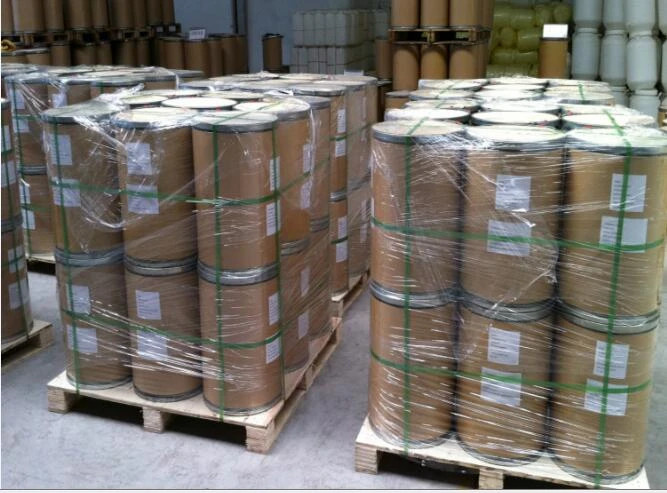The Role of Plastic Additives in the Automotive Industry
In the automotive sector, the use of plastics has grown exponentially due to their lightweight, durable, and versatile characteristics. As manufacturers strive for higher fuel efficiency and reduced emissions, plastics have become integral to vehicle design and production. However, to meet the diverse demands of automotive applications, plastic additives play a crucial role in enhancing the properties of these materials.
Plastic additives are substances incorporated into plastics to improve their performance and processing capabilities. In the automotive industry, these additives are essential for enhancing attributes such as strength, durability, heat resistance, UV stability, and aesthetic appeal. Let’s explore some common types of plastic additives used in automotive applications.
The Role of Plastic Additives in the Automotive Industry
Another important category is plasticizers, which enhance the flexibility and workability of plastics. In automotive applications, plasticizers allow for the production of softer and more pliable materials that can withstand the demands of moving parts and intricate designs. This is especially beneficial for components such as dashboards, seals, and flexible hoses.
automotive plastic additives

Flame retardants are also vital additives used in automotive plastics. Safety is a paramount concern in vehicle design, and flame retardants reduce the flammability of plastic components, thereby enhancing passenger safety in the event of an accident. Regulatory standards, such as those from the National Highway Traffic Safety Administration (NHTSA), increasingly require the use of flame-retardant materials in various parts of vehicles.
Furthermore, the addition of colorants and fillers can significantly improve the aesthetics and cost-efficiency of automotive plastics. Colorants allow for a wide range of color options for interiors and exteriors, while fillers can enhance the mechanical strength of plastics without significantly increasing weight or cost. For example, minerals like talc can be used to improve the rigidity of polypropylene, which is a commonly used plastic in car interiors.
As sustainability becomes a growing concern within the automotive industry, biodegradable additives and recycling-compatible additives are gaining attention. These innovations support the development of eco-friendly materials that can reduce the environmental impact of vehicles at the end of their lifecycle.
The adoption of these advanced plastic additives not only enhances the performance and longevity of automotive components but also aligns with the industry's push toward sustainable manufacturing practices. With ongoing research and development, the role of plastic additives in automotive applications is expected to expand, leading to innovative solutions and improved vehicle performance.
In conclusion, plastic additives are essential to the modern automotive industry, significantly influencing the performance and sustainability of vehicle materials. As technology advances and automotive designs evolve, the future holds promising developments in the use of these additives, paving the way for safer, more efficient, and environmentally friendly vehicles.

